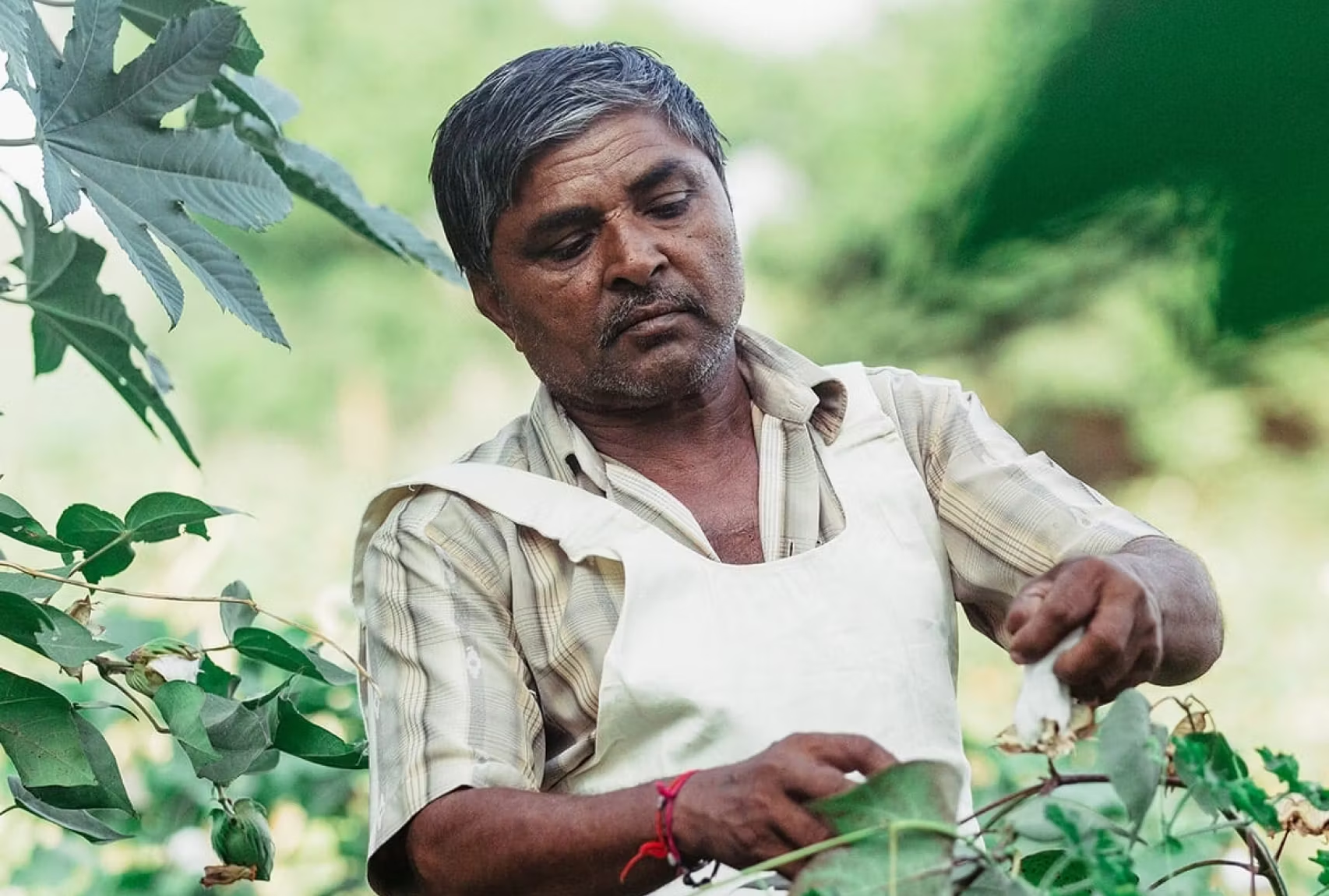
Step 1
Cultivation
Our organic cotton is grown according to organic farming guidelines. Long-term studies of organic farms have shown that organic farming produces 18 percent fewer greenhouse gas emissions than other farming systems.* *Source: Textile exchange (2021) Material summary on Organic, In-Conversion Cotton. .
Instead, the farmers use manure and compost as fertilisers, which builds up the natural fertility of the soil and its erosion resistance in a circular manner. Crop rotation on a yearly basis is another requirement. By rotating the cultivation of cotton with other crops, pests and diseases are naturally prevented and the soil is further enriched.
The increased share of humus makes the soil not only more fertile, but also capable of storing more water and atmospheric CO2.
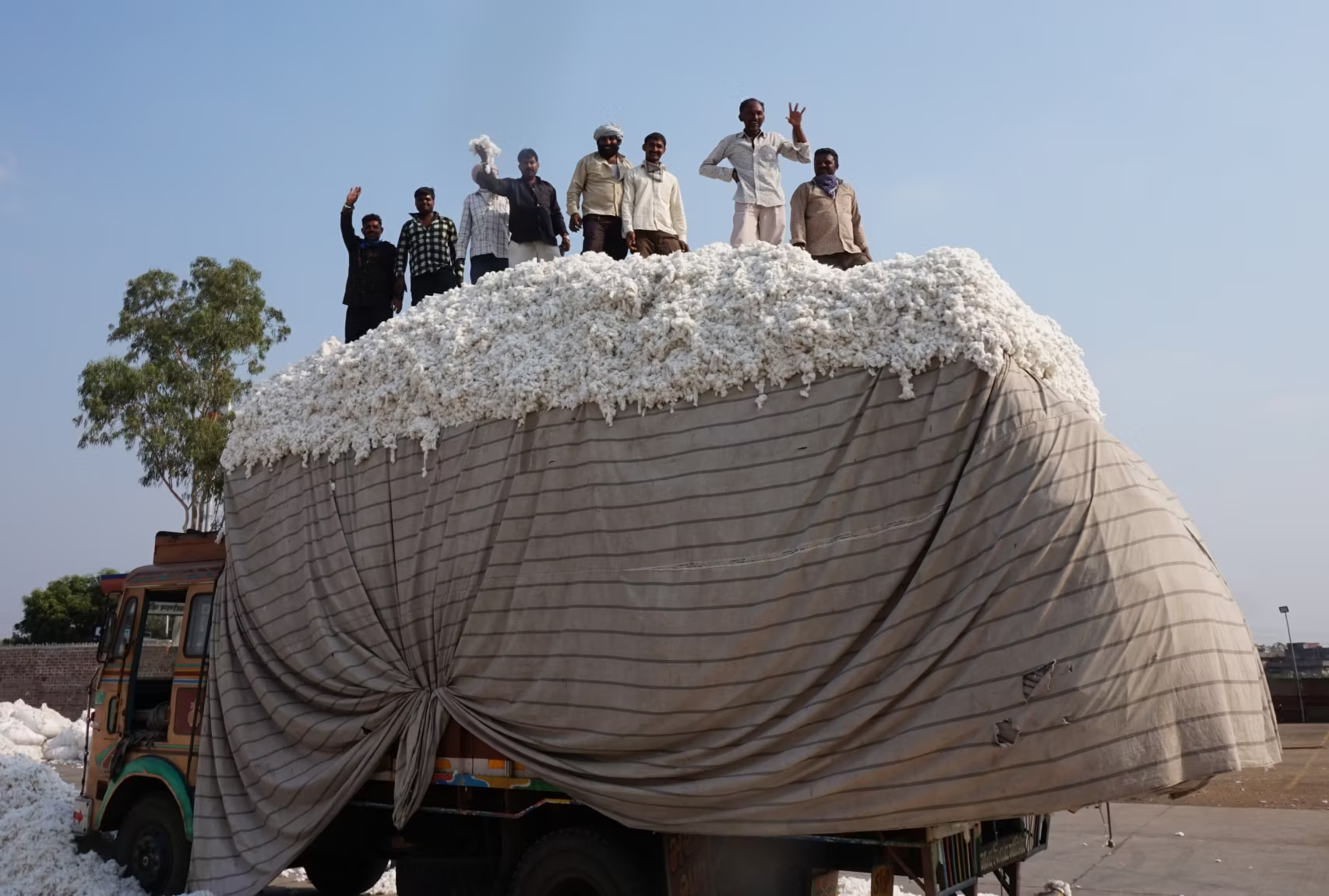
Step 2
Harvest
Organic cotton is harvested once a year. In contrast to conventional cotton farming, chemical defoliants that facilitate machine harvesting are prohibited.
In order to ensure an easier transition from conventional to organic cotton, we founded the ARMEDANGELS Organic Farmers Association in April 2018. This association currently supports more than 500 small-scale farmers in India with the three-year conversion process.
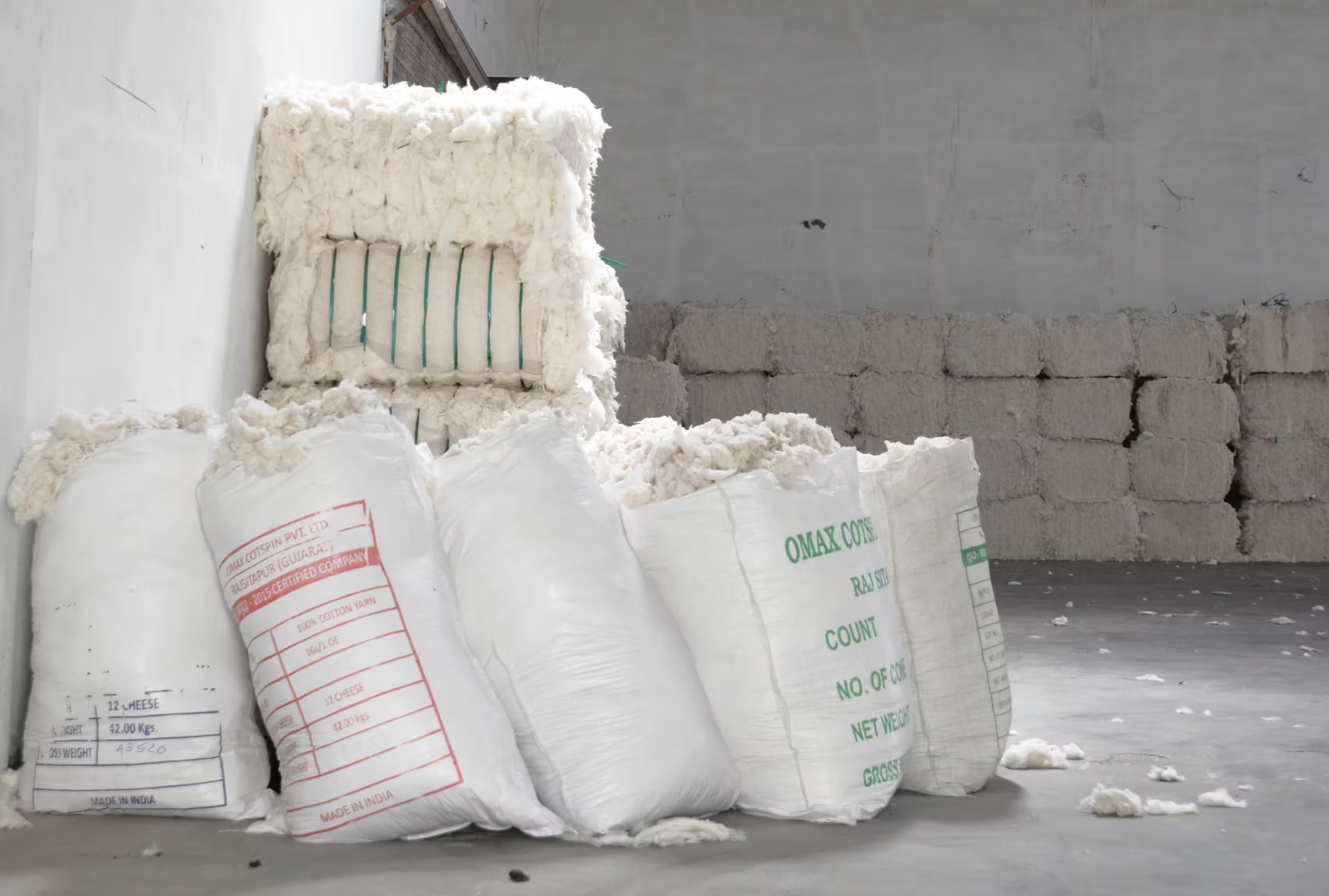
Step 3
Fiber
Immediately after the harvest, the raw cotton is brought to special processing facilities to separate the cotton fibres from the seed. This process is fully automated with the help of a special machine known as a cotton gin.
During the entire ginning process, strict controls are upheld to keep the cotton separate according to its quality and farming method (organic or conventional).
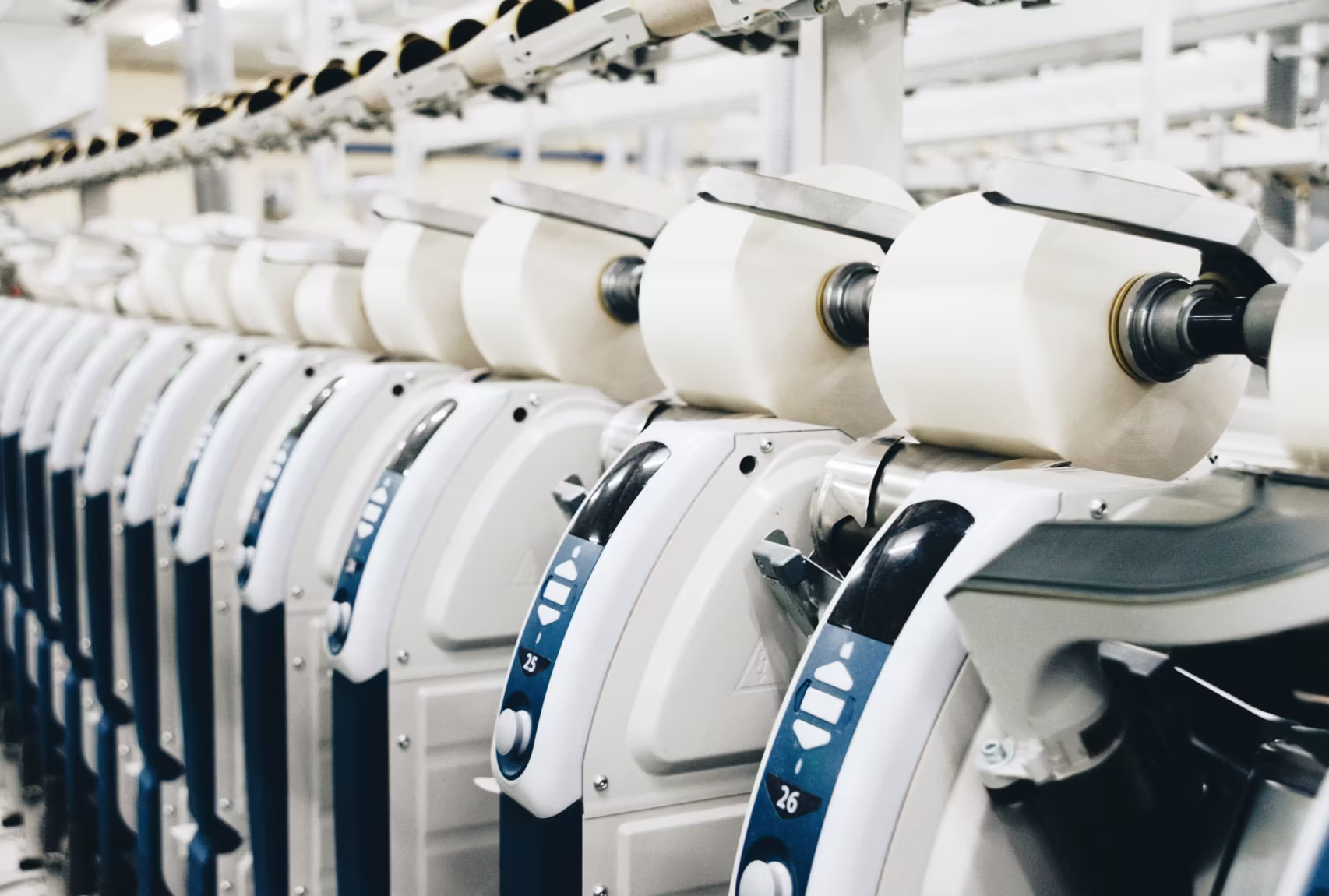
Step 4
Yarn
During the spinning process, individual short fibres and fibre bundles are brought together to form an even thread or yarn by twisting and pulling them together. What used to be a laborious method carried out by hand using a spinning wheel is now generally a fully automated process.
The finished spun threads are finally wrapped into strands or on cones for further processing.
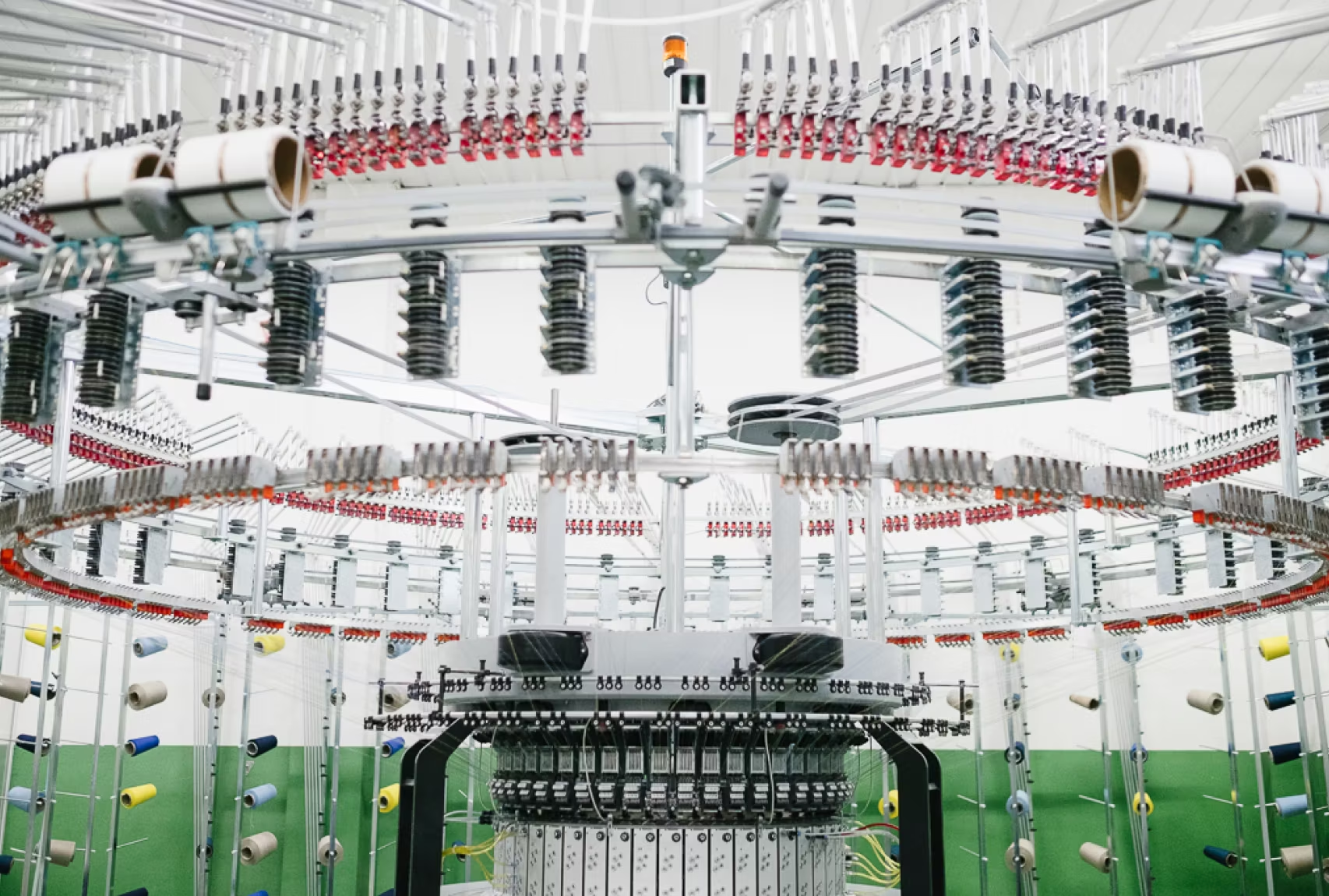
Step 5
Knitting
For our T-shirts made from organic cotton, a single jersey fabric is produced. In contrast to woven fabrics in which two thread systems are interlaced, this is a knitted fabric in which yarn loops are joined together with other yarn loops.
This process is fully automated on large circular knitting machines that knit many individual strands of yarn into textile jersey fabric.
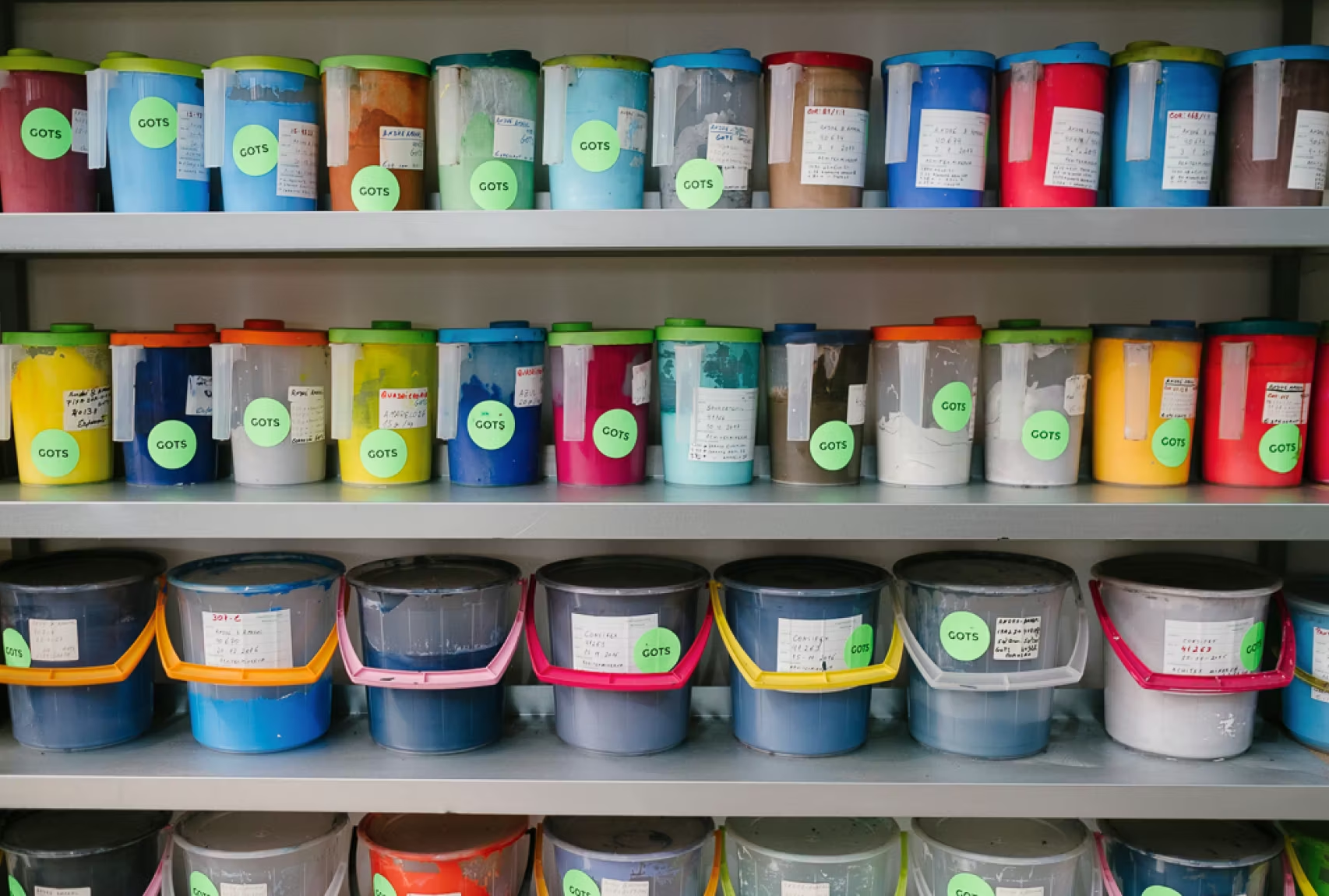
Step 6
Dyeing + Finishing
Depending on the textile, dyeing and finishing is carried out at different points in the production process: on the yarn (striped fabrics), the textile fabric or the finished article of clothing (garment dye).
When dyeing textiles in the conventional industry, many chemical products are used and health risks are accepted. Pollutants contained in the dye can be released from the yarn when wearing a T-shirt, enter the body and provoke allergic reactions or diseases of the immune system.
As an alternative, dyes can be used that are permitted under the Global Organic Textile Standard. All colours and chemical agents are toxicologically tested for compliance. Thanks to modern filtration systems, waste water is not contaminated either.
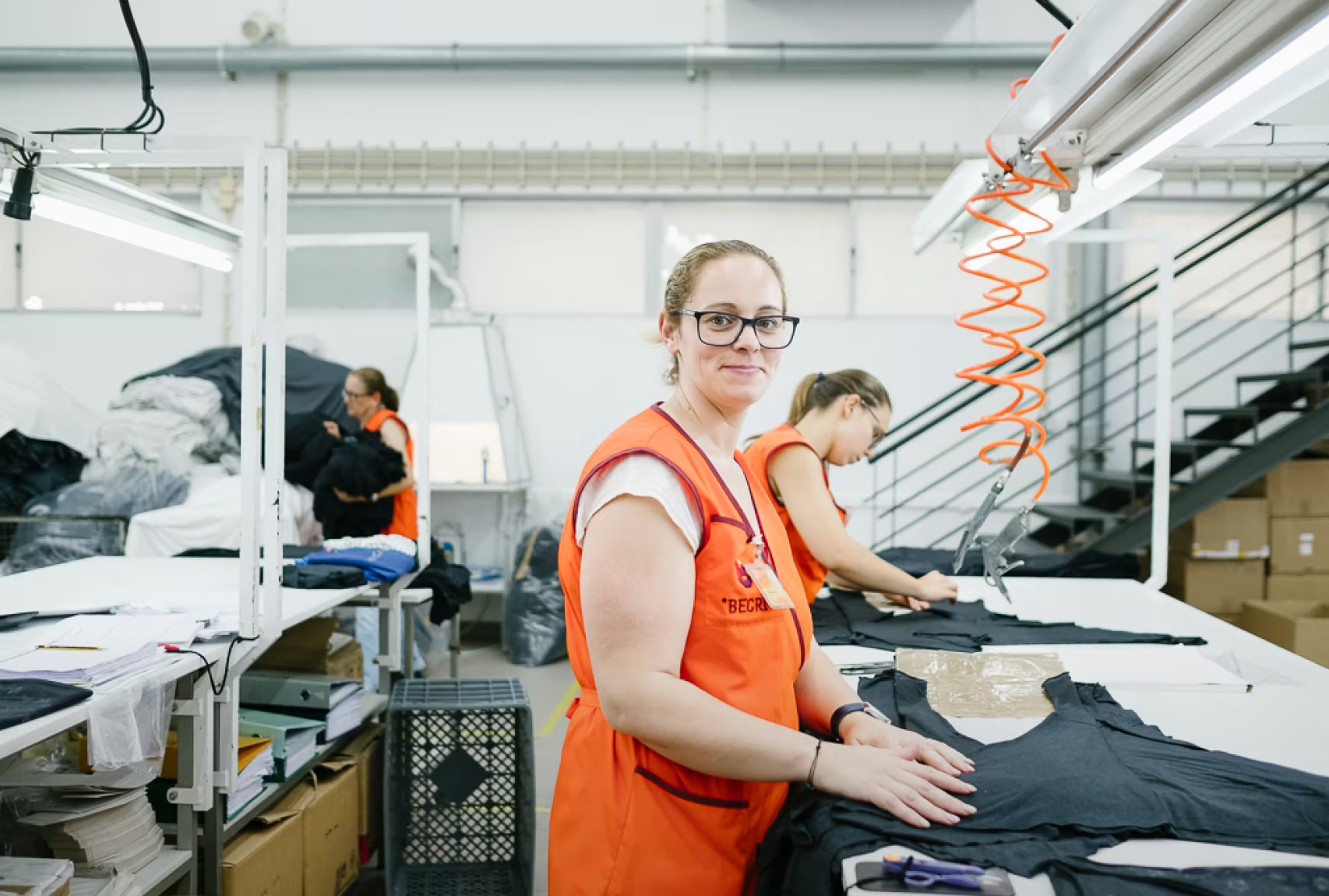
Step 7
Assembly
Assembly encompasses the cutting, sewing and finishing of garments. In this process, a 2-dimensional textile fabric becomes a 3-dimensional garment.
The assembly of our organic cotton T-shirt JAAMES is carried out in Portugal at our certified partner facilities. As for all our partners, our conditions here include: fair wages for employees in sewing factories, no child labour, increased safety at the workplace and fewer overtime hours.






























